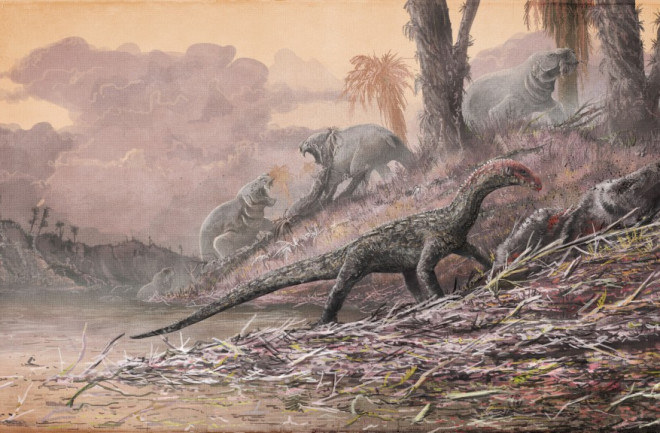You've probably heard about The Great Dying, more formally known as the End-Permian mass extinction, when more than 95 percent of species worldwide went extinct. This darkest hour in the story of life on Earth occurred some 251 million years ago, most likely the result of monstrous, region-wide volcanic activity in Siberia that acidified the oceans, wrecked the climate and may have even ripped open the ozone layer to allow in rather nasty levels of ultraviolet radiation.
But...what happened next?
Life got knocked down, but it got up again. (Apologies if you now have an earworm stuck in your head. Actually, no. I'm not sorry at all.)


